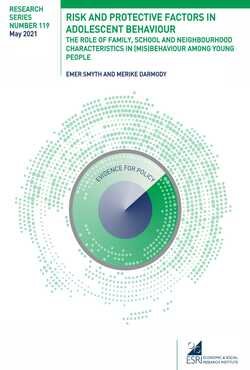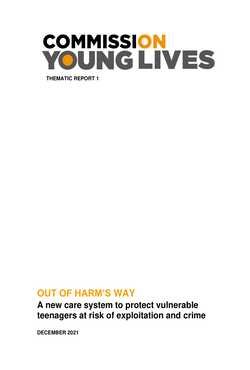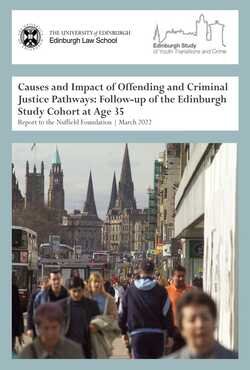By The Strathmore Law Clinic
Socially and economically vulnerable girls in Kenya are at heightened risk of being ensnared by the juvenile detention system. Facing extreme poverty, these girls are often arrested and detained for petty offences that arise from socioeconomic disadvantage. Girls are often subjected to abuses at all levels of the juvenile detention system, including violations of their rights during arrest, remand, and trial; abusive or inadequate conditions of post-sentencing detention; and stigmatization and lack of support upon release from detention. This report chronicles the experiences of girls during all phases of the criminal detention system in Kenya and advocates for abolition and reform of the juvenile detention system.
In November 2019, following weeks of desk research on the experiences of juveniles in Kenya’s criminal detention system, the Leitner Clinic, Strathmore Law Clinic, Wakilisha Initiative and Clean Start convened in Nairobi to conduct fact-finding interviews for the report. We conducted a site visit to the Kamae Girls Borstal Institution (“Kamae”), the only girls Borstal institution in Kenya, and interviewed the Head Officer and 10 of the 37 girls currently detained at Kamae to discuss their experiences at all levels of the juvenile detention system. We also interviewed Hon. Jacqueline Kibosia, a Kenyan children’s court magistrate; Irene Ndegwa, a pro bono attorney who represents children in the juvenile detention system; and representatives of Wakilisha Initiative (“Wakilisha”), Clean Start, Nafisika Trust (“Nafisika”) and NGOs that assist incarcerated and formerly incarcerated children.
Nairobi, Kenya: Strathmore Law Clinic, 2022. 38p.




















